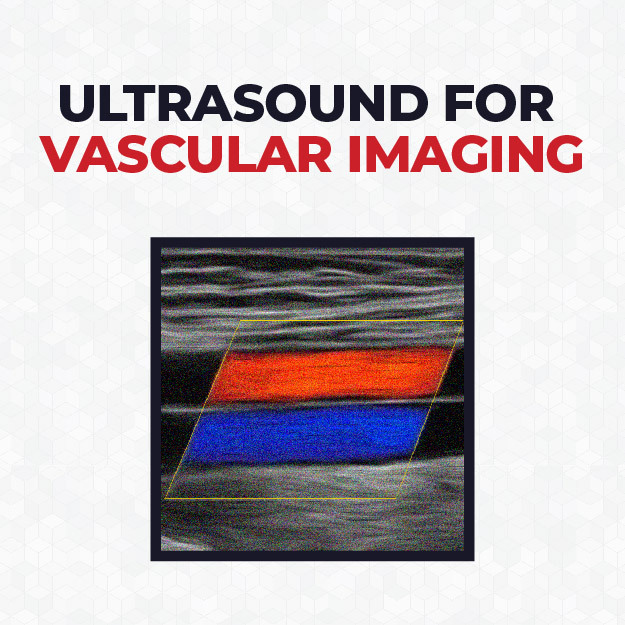Ultrasound for Vascular Imaging: Explained
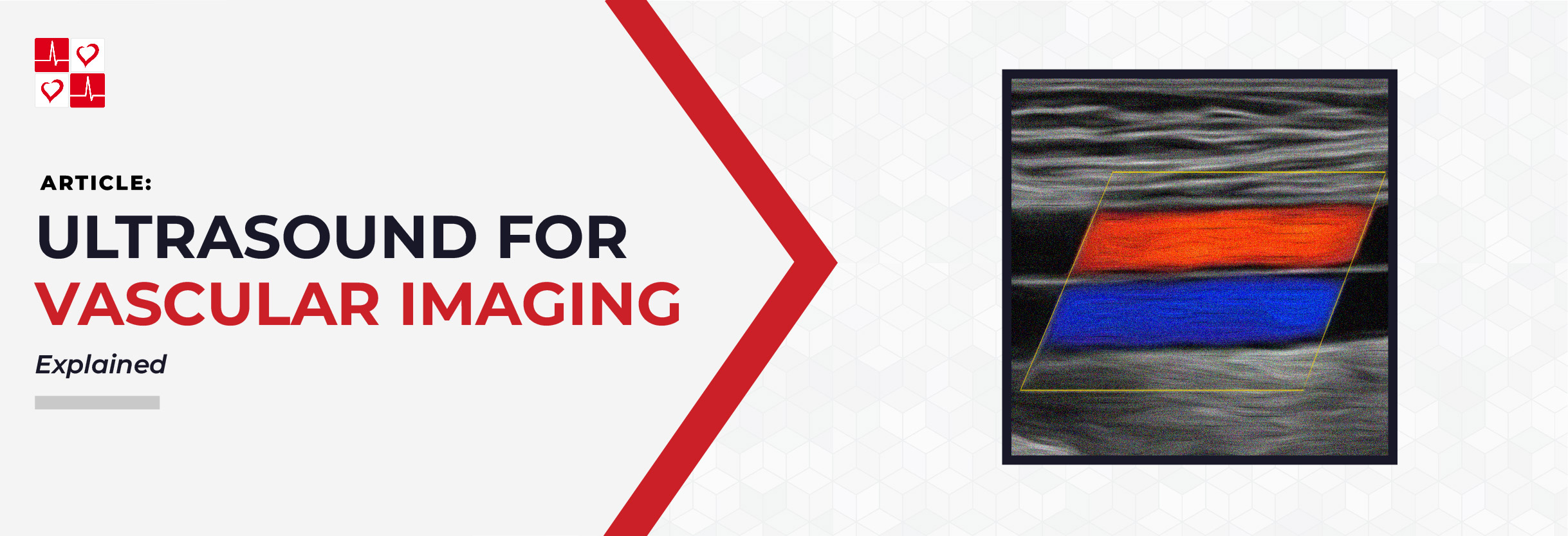
Introduction
Vascular ultrasound allows clinicians to assess vascular health, diagnose conditions, and monitor treatments. Ultrasound Machines provide a non-invasive, real-time view of blood vessels and blood flow in different parts of the body. In this article, we’ll take a look at how ultrasound is used for vascular imaging and why it’s important.
Why Use Ultrasound for Vascular Imaging?
Vascular ultrasounds can identify problems in arteries or veins that could cause complications with blood flow, leading to serious complications such as heart attack or a stroke. Vascular imaging is crucial for patients who have vascular conditions, such as peripheral artery disease (PAD), deep vein thrombosis (DVT), or carotid artery disease.
Types of Ultrasound Techniques Used in Vascular Imaging
B-Mode Ultrasound
B-Mode ultrasound provides a grayscale image of the blood vessels and surrounding tissues. This form of ultrasound imaging helps visualize vascular movement, guide injections, and detect structural anomalies.
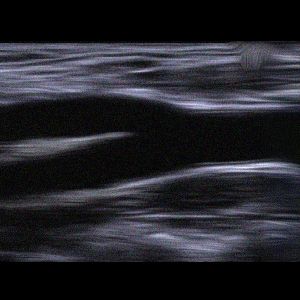
Color Doppler Ultrasound
Color Doppler overlays color on the image to indicate the direction and speed of blood flow. Color doppler can detect abnormal blood flow, which can indicate a blockage.
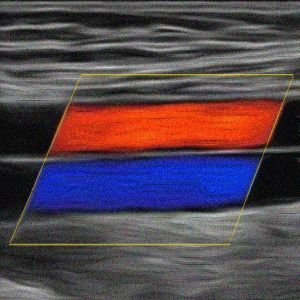
Power Doppler Ultrasound
Power doppler technology has a higher sensitivity compared to color doppler, which can detect low-velocity blood flow. Additionally, power doppler is useful for imaging superficial structures.
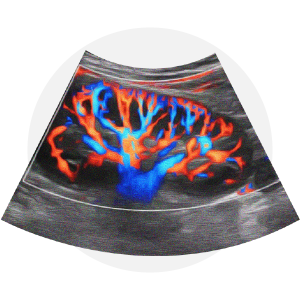
What to Consider for Vascular Ultrasound Imaging
Use the Appropriate Transducer
Selecting the appropriate transducer is essential for different types of vascular examinations. Higher-frequency transducers are better for superficial vessels, while lower-frequency transducers are more suitable for abdominal structures.
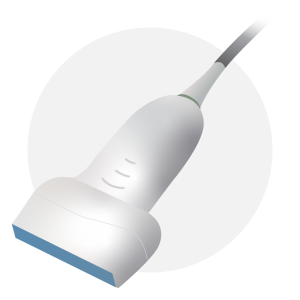
Adjusting Ultrasound Machine Settings
Optimizing settings such as gain, depth, and doppler angle is necessary to ensure the best image quality. The gain should be adjusted to enhance the image, while the doppler angle should be set as close to 60 degrees for accurate measurements.
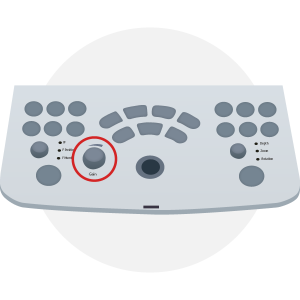
Closing
Ultrasound has proven to be essential for vascular imaging, offering a versatile method for diagnosing and managing various vascular conditions. The ability to provide real-time, non-invasive insights into blood flow and vessel structure makes ultrasound machines great for a range of vascular applications.


